
The Business of Fashion
Agenda-setting intelligence, analysis and advice for the global fashion community.

Agenda-setting intelligence, analysis and advice for the global fashion community.
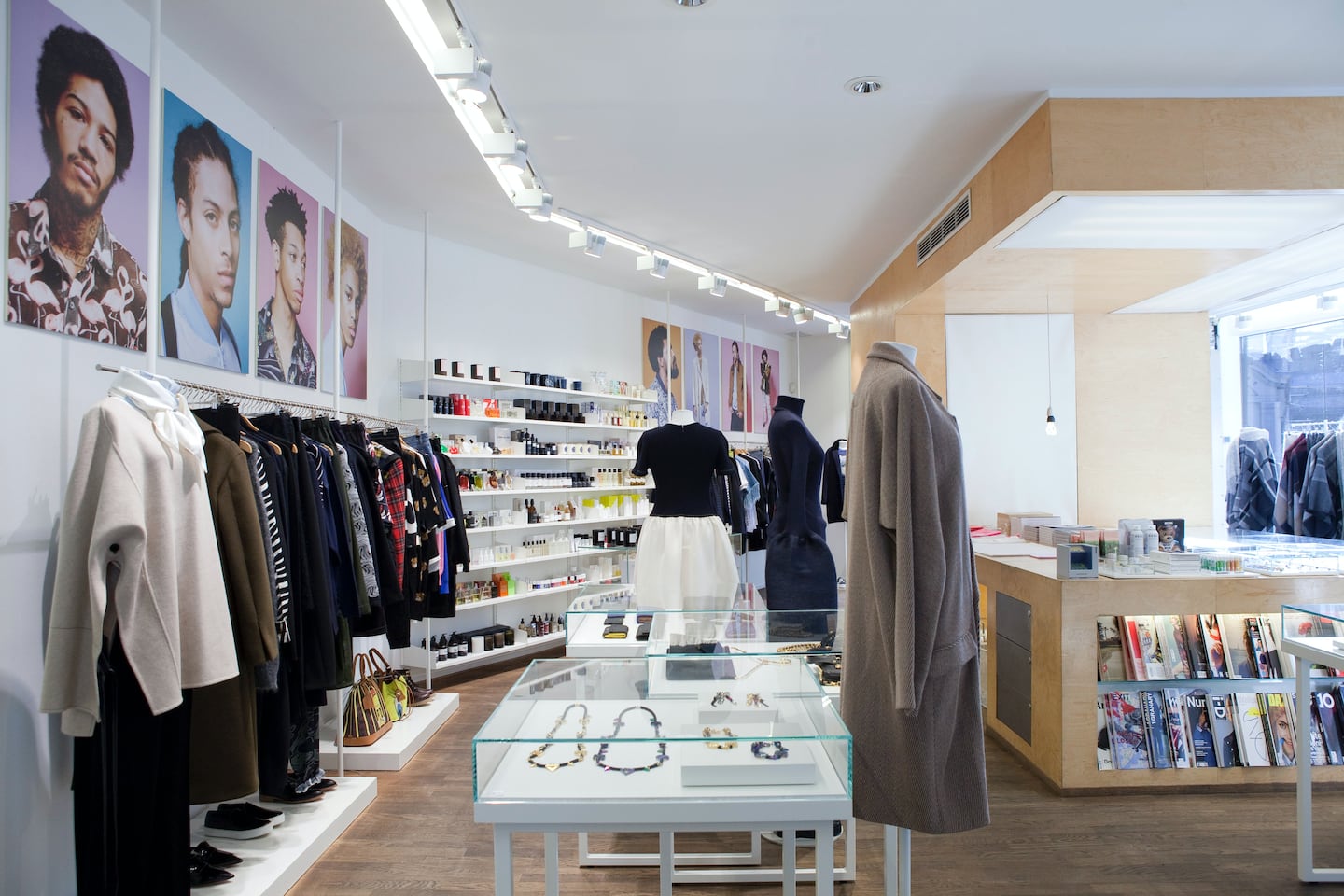
LONDON, United Kingdom — For years, concept stores like Dover Street Market, Colette, 10 Corso Como and Opening Ceremony have embedded themselves in the very fabric of the world's fashion capitals, becoming local hubs with cultural significance, loyal communities and global influence. But as globalisation has reshaped the world, fuelling new wealth creation and growing consumer sophistication far beyond New York, London, Milan and Paris, a new breed of retail pioneers have established similar hubs in important local markets around the world, bringing fresh edits of international luxury labels to their home markets, while giving local designers a platform to reach global consumers increasingly looking for new and unique offerings.
BoF identifies 10 leading multi-brand boutiques making waves outside of the ‘big four’ fashion capitals, from Vancouver to Kiev.
Roden Gray | Vancouver, Canada
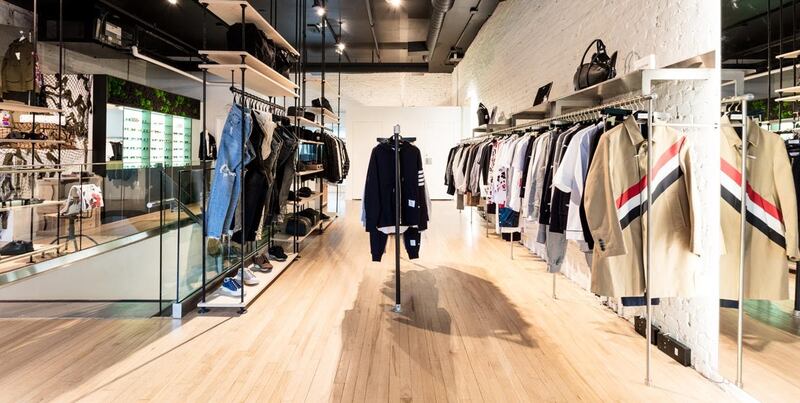
Roden Gray | Source: Courtesy
ADVERTISEMENT
Last year, for the first time, multi-brand retail became the most significant distribution channel for luxury goods in Vancouver's luxury fashion market, according to Euromonitor. As one of the early adoptors, Roden Gray — founded in 2007 by Ken Wai, Davie Fernandes and Rob Lo — has offered a wide range of diverse menswear brands ranging from traditional high fashion labels like Dries Van Noten, Moncler and OAMC to Vancouver brands such as Herschel Supply Co and Taikan, since its inception.
“Ten years ago, the menswear scene in Vancouver was more conservative and heritage-driven rather than luxury or contemporary. The last decade has seen an explosive change towards more individual expressions and tastes, driven by the growth and influence of social media,” says Lo.
For Roden Gray — situated in the vibrant national historic neighbourhood Gastown and next to fellow multi-brand boutiques Haven, Livestock and Neighbour — the synergy between brick-and-mortar and e-commerce has always been an important part of the business in driving consumer engagement. “You cannot translate the experience of [physical] shopping any differently than actually putting on the garment,” says Lo. “Online, however, we’re aiming to translate more of the storytelling experience while shopping on the site.”
Roden Gray’s success is complemented by the city’s rich multicultural heritage, which it sees in its customers and brand offering. “It’s been a great opportunity to introduce brands from all over the world, yet still having a great deal of consumers that are always looking for new ways to enrich themselves socially and culturally.” adds Lo, who says that “post-modern” luxury brands OAMC, Alyx and Ready Made have been selling particularly well.
Via Flores | Rio de Janeiro, Brazil

Via Flores | Source: Courtesy
Brazil is home to some 148,500 high-net-worth individuals, with an estimated $3.7 trillion between them to spend. Yet until 2000, when Via Flores was founded, Rio de Janeiro was missing a luxury multi-brand boutique. “The store was founded by my grandmother Sonia Isnard,” says Joana Nolasco Freitas, style director of Via Flores, who joined the retailer in 2003.
Sonia decided to open a store where consumers could find young Brazilian and international designers that were off the radar.” says Freitas, referencing the boutique’s wide home-grown brand offering, including Nannacay, Isolda and Glorinha Paranaguá, which the store stocks next to Diane Von Furstenberg, Paule Ka and Equipment.“After that, many multi-brand stores opened in Brazil, inspired by Via Flores,” she adds. “We were also one of the first to go online.”
ADVERTISEMENT
In its aim to battle the country’s high tariffs, resulting in luxury goods being significantly more expensive — sometimes by 50 or 60 percent — Via Flores allocates much of its efforts to build brand loyalty with its clientele. “Brazilian shoppers like to have a personal relationship with the brands, which is why we try to make shoppers feel like guests and try to establish a personal relationship with them,” says Freitas. “For example, Nannacay is one of our best-selling brands because it’s a brand that develops their products by empowering women from very poor communities in Peru. Our consumer feels good when they buy a product with such a beautiful story. Overall, they expect an experience around their shopping that goes beyond just the product.”
Storm | Copenhagen, Denmark
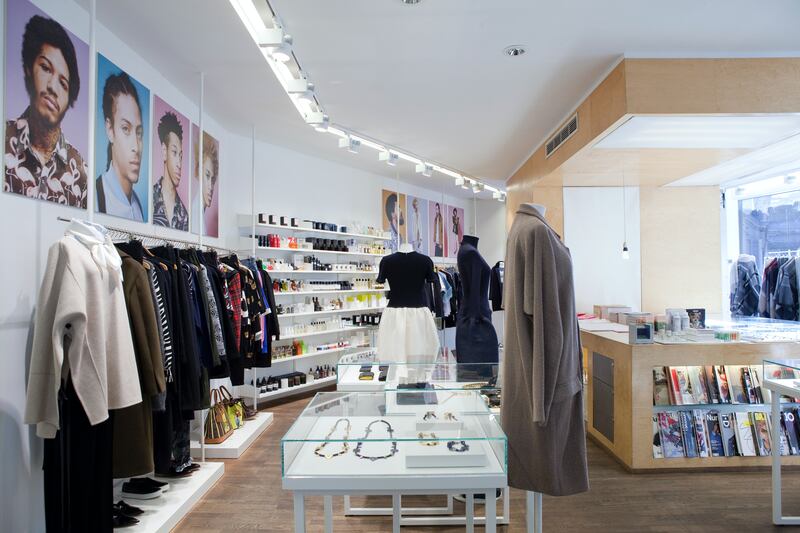
Storm | Source: Courtesy
Founded in 1994 by Rasmus and Line Storm, the concept store occupies a corner in Copenhagen's popular Indre By shopping district, between the city's two Acne Studios flagship stores.
Over the past three decades, the popular boutique has served as the city's go-to fashion space, offering a broad mix from labels including Céline, Thom Browne, Astrid Andersen and 032c to both middle-aged consumers as well as young streetwear enthusiasts.
“Corporate retail doesn’t work that well in Denmark,” says Rasmus Storm. “Back then, specifically the progressive end of high-fashion wasn’t at all established. [Over the years] Copenhagen has developed into a competent, mature and independent market.” He adds that the store’s Danish customers tend to be more bold and independent in their fashion purchases than the average customer.
In 2016, the Danish fashion industry was valued at 42 billion Danish Krone ($5.65 billion), according to industry organisation Dansk Fashion and Textile. Over the years, the city has seen a rise in multi-brand retailers, including Wood Wood, Norse Store and iiL7.
“We’ve always been prepared,"says Storm. "By being avant-garde and relevant to our target group we have defined the future of multi-brand stores. Being progressive, true to your scope and defining the market is the future of multi-brand retail.”
ADVERTISEMENT
Renaissance | Antwerp, Belgium
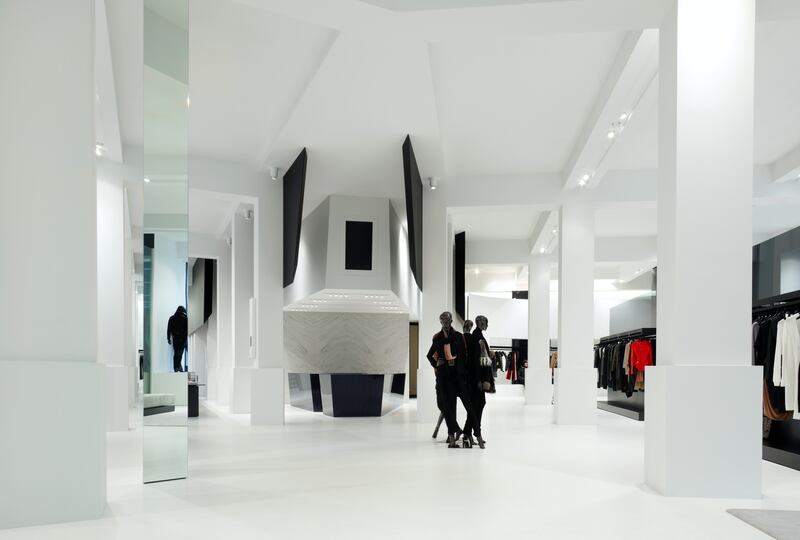
Renaissance | Source: Courtesy
Housed in Antwerp's prestigious Meir area, in the old 650-square-metre Yohji Yamamoto store, Renaissance was founded in 2010 by Frédéric and Astrid Somers, to complement their multi-brand boutique Blue.
With a population of only 11.3 million, Belgium is a small market for luxury brands, yet has a respectable footprint in the international fashion industry, as the birthplace of the Antwerp Six, as well as respected fashion schools La Cambre and the Royal Academy of Arts.
“There were stores that sold big brands and commercial labels, but there weren’t a lot of them that sold niche brands. We were open to that as we were already searching for these every season,” says Frédéric Somers, who started selling then unknown label Sacai, igniting the store’s interest in emerging designers. “We noticed that people enjoyed purchasing unique products and we were able to surprise them time after time.”
Renaissance’s offering now includes best-selling emerging brands Magda Butrym, Attico and Fear of God, as well as Dior Homme, Marni and Helmut Lang. To further grow its business, Somers plans to launch an e-commerce website in September, with which Renaissance will uphold its ethos of offering the highest quality new brands. “[Our] customers want something unique with a soul. Not something everyone else has." he says. "High-quality basics with a twist like Maison Margiela, Marni and Acne Studios sell well here.”
Voo Store | Berlin, Germany
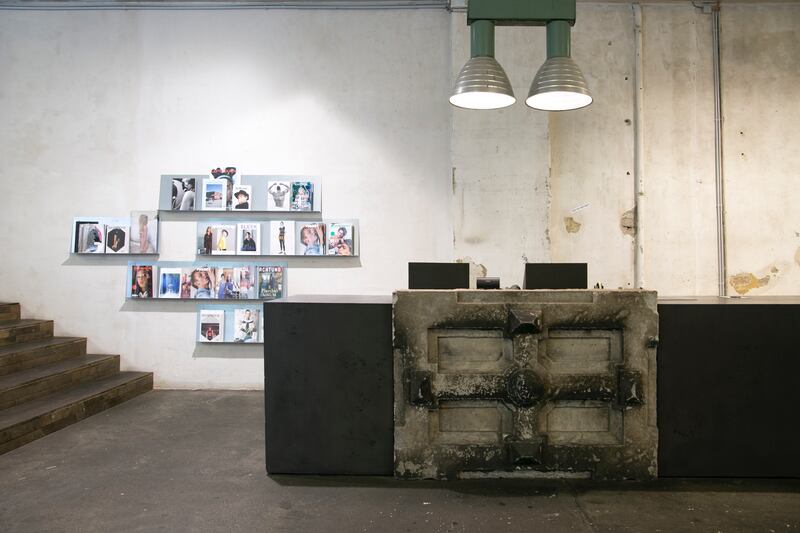
Voo Store | Source: Courtesy
“We’re translating a personal vision of Berlin through international and local fashion brands, modern design, visual culture and music... We don’t want to focus on short-lived trends,” says Herbert Hofmann, creative director and head of buying at Voo Store, which was founded in 2011 in Berlin’s culturally diverse Kreuzberg district by brothers Yasin and Kaan Muejdeci.
“In the past six years, Germany has moved much further into the focus of the fashion industry... It seems like the potential of the German market and the population’s purchasing power got discovered,” explains Hofmann, who adds that in recent years the city’s creative scene has become more professional and currently includes over 2,500 fashion businesses.
Today, the store offers a rich mix of established and emerging international labels like Raf Simons, Jil Sander and Rejina Pyo, alongside progressive local brands such as Goetze, GmbH and Reality Studio.
“The German market is very challenging and particular. The focus on traditional and established brands with heritage is very strong. [However], we also realise that [our] young customers shop more and faster, so there’s great potential for fun fashion," says Hofmann. “That opens the market to more new brands. The luxury fashion industry here isn’t communicated as something chic, glamorous and exclusive. Loud designs with big logos don’t work for us. More quiet and understated brands like GmbH, Jil Sander and Lemaire are working well."
Asthik | Kiev, Ukraine

Asthik | Source: Courtesy
"Ukraine’s fashion market started forming in the 1990s, after it got its independence from the USSR,” says Dmitriy Ievenko, who in an effort to fill this gap co-founded Asthik with his business partner Asya Mkhytaryan three years ago. “By 2014, there was a clear divide: Luxury brands displaying the owner's status and income, and casual, high quality ready-to-wear for daily life. Sophisticated fashion was almost non-existent.”
Three-and-a-half years since opening Asthik, the refined retailer is known as Ukraine's trendsetting platform. It showcases both visionary brands and fashion's innovative newcomers like Thom Browne, Simone Rocha and Delfina Delettrez, as well as collaborations with niche Ukranian designers, directly targeting the Ukranian consumer who "searches for exclusivity and individuality."
Asthik is also the name of the couple’s holding company, established in 2009, which operates Agent Provocateur and Valentino monobrand boutiques, and Buro24/7 Ukraine’s digital engine. “Ukrainians started paying less attention to status symbols and logo-mania, and more to self-expression through their fashion choices. Asthik became the first venue for this purpose.” says Ievenko.
“Asthik’s buy is non-commercial and purely about fashion," adds Mkhytaryan. "It was a risk we decided to take, especially since Asthik’s launch coincided with the revolution and the beginning of the war in the east of Ukraine.” She says cutting-edge brands like Off-White, Yeezy and Loewe are among the store’s best-sellers.
But, the country’s luxury industry remains fragmented, and today consumers are more price-sensitive and rational than ever. To battle this, Asthik is building a strong community around its store. “We have developed the market for smaller, niche brands by educating our consumer, mainly through social media,” she says.“Our love for young talent and our unique offer transfers to our customer, who trust Asthik to deliver the newest pieces.”
KM20 | Moscow, Russia
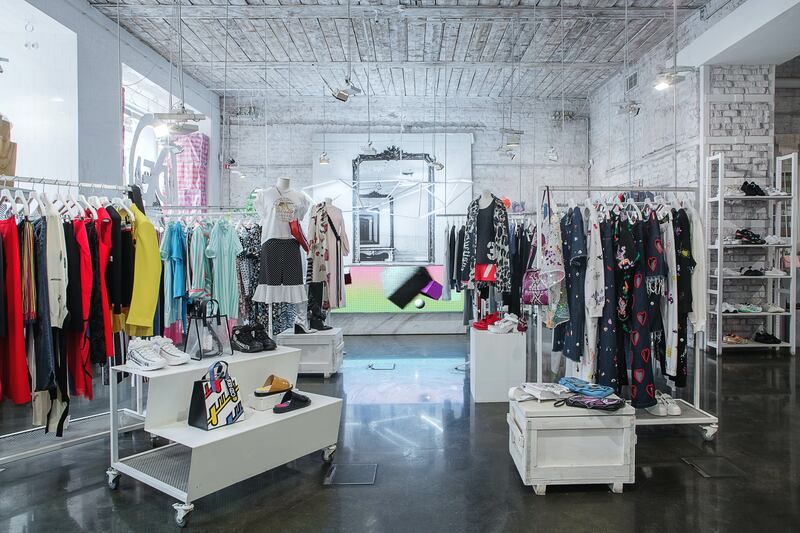
KM20 | Source: Courtesy
As one of the first fashion concept retail spaces in Moscow, Kuznetsky Most 20 (KM20) is known for bringing labels like J.W. Anderson, Martine Rose and Marques'Almeida into Russia, which are merchandised next to popular streetwear labels Vetements, Off-White and Gosha Rubchinskiy.
"KM20 represents a sophisticated mix of the most avant-garde and talented brands from all over the world," says Olga Karput, who opened her store in 2009 at the age of 25, backed by investment from her husband. "Before KM20 was opened, the market had been solely concentrated on well-established luxury brands, which were very stiff and existed for wealthy people," she says. "Street markets and shopping centres in the suburbs that were full of cheap and fake products were the alternative." she adds.
Within a short amount of time, KM20 managed to raise a whole new generation of cool kids who considered the retailer the mecca and measure point for everything fashion, culture, music and parties. “We’ve always targeted and managed to be the first to bring the hottest and trendiest designers to the market, introducing new names to Russia’s fashion clients,” notes Karput, who says that, despite Moscow slowly becoming a new fashion capital, many consumers remain conservative in their fashion choices. “Not everyone is ready to experiment with quality and fabrics – a designer can decide that polyester or PVC is the best fabric for his collection, but clients in Russia will doubt that.”
In October, the retailer will relocate to a bigger location as it aims to make another revolution in retail. “It’s not about being a shopping space anymore, it’s about creating a lifestyle. All our clients and friends are part of this very special group,” says Karput. The launch of the new space will see the retailer collaborate with 20 brands, and will boast customised furniture by Raf Simons and Y/Project among others. “This is what people want at the moment: a special colourway, limited edition print, and something they cannot buy anywhere else,” she says.
Luminance | Johannesburg, South Africa
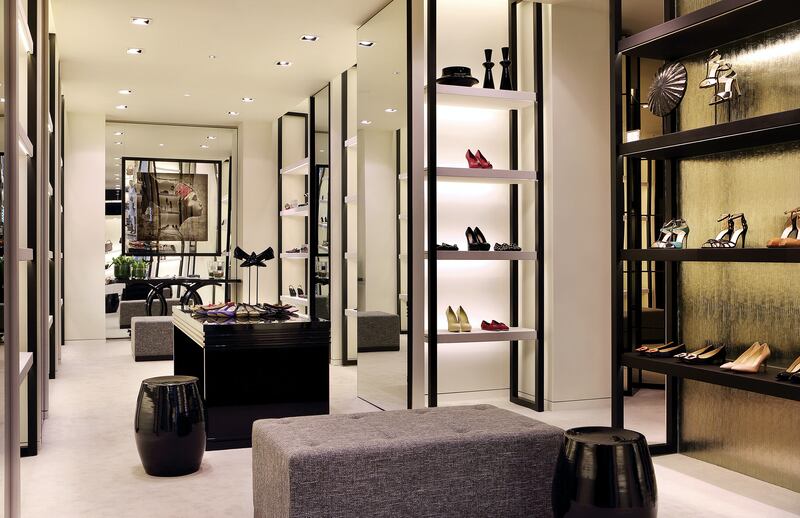
Luminance | Source: Courtesy
"South Africa's luxury market is still small compared to developed markets, but it's growing," says Judy Dlamini, chief executive officer and co-founder of Luminance. Founded in 2012 with business partner Khanyi Dhlomo, Dlamini started as a minority shareholder with no operational involvement. She took over 100 percent of shareholding and executive management in July 2014 and quickly expanded by opening a second Luminance store in Sandton, followed by two online platforms in 2016.
The first luxury multi-brand store of its size in the market, Luminance has found a winning formula to beat the country's retail recession. "We continuously engage our consumers and potential customers by identifying the 'switchers,' their needs, and by looking at ways to optimise and integrate our distribution channels." explains Dlamini, whose store offers eveningwear by Oscar de la Renta and Roland Mouret, and luxury footwear from Jimmy Choo and Manolo Blahnik.
It also stocks South African brands such as David Tlale, Erre and Suzaan Heyns, as well as contemporary lines like Acne Studios, Alexander Wang and Vince that cater to a younger demographic. "The younger, fashion-forward customer tends to have affordability issues in our market, however we've identified value items and accessible luxury brands that they can afford."Dlamini says.
Symphony | Dubai, United Arab Emirates

Symphony | Source: Courtesy
Stocking over 80 international brands, including Balenciaga, Gucci and Valentino, as well as regional labels like Abbayas, Bouguessa and Madiyah Al Sharqui, Symphony has attracted an international cosmopolitan clientele since it was founded in 2010 by Emirati entrepreneur Salama Alabbar.
“I feel that the line which separates regional and international taste is more and more blurred,” says head buyer Farah Mounzer, who has worked with Symphony since 2013. “Expats are buying more into regional designers and vice versa," she explains. "We’re not really targeting a specific nationality, but rather a certain woman who relates to our vision and style.”
From the start, the retailer, which is located in The Dubai Mall’s prestigious Fashion Avenue and is the first and only luxury multi-brand concept boutique in the mall, has set out to fill the void for a real fashion store in the Dubai market. It has been instrumental in changing the perception of Dubai as a fashion destination, earning a reputation as the go-to boutique for its style-savvy clients.
“To be successful in this region, you need to imagine your target client without a specific nationality or stereotype in mind," says Mounzer. "An Emirati woman can have more in common with a French expat living in Dubai than with a Saudi woman in terms of purchasing behaviour and style.”
Runway | Hanoi, Vietnam

Runway | Source: Courtesy
When Hoai Anh Tran founded her company, Globallink, in 2006, her goal was to become Vietnam's prominent local franchise partner for brands including Chloé, Marc Jacobs and Givenchy. Its rapid success resulted in more brands approaching the company to be an exclusive distributor in the country. But, due to the market size and the limitation of available locations, demand outpaced supply for monobrand retail spaces.
As a result, multibrand concept store Runway was born, which today has stores in Hanoi and Saigon, and stocks over 30 brands with best-sellers including Céline, Lanvin and Alexander McQueen, as well as Japanese labels Comme des Garçons, Junya Watanabe and Sacai.
“In the past, Vietnam only had a few small department stores with a limited number of standard ‘shop-in-shops’ offering established brands,” says Ahn Tran. "Today, there is still a lack of modern concepts, although there’s [slowly] been a growing number of retail outlets for international and domestic brands [in the country]."
With Vietnam having many conditions favourable for the expansion and growth of a vibrant luxury goods market — a growing GDP growth rate, political stability, a young population and increasing disposable incomes — the appetite for luxury goods is indeed growing. “Affordable luxury brands like Theory, Acne Studios and Alexander Wang are growing very fast and contributing big sales volume to our results,” says Ahn Tran. “We strongly believe this is due to its ability to meet the needs of a fast-growing middle-class community.”
To remain a market leader in the country’s increasingly saturated fashion market, Runway is focusing on building brand loyalty with its shoppers. “I believe until now, the Vietnamese shoppers spent more abroad than in their homeland. The key to success is gaining their trust. Offering them European retail prices is our next target and we can only achieve this with stronger support from international brands.”
Related articles
[ 7 Lessons For Retail in the Age of E-CommerceOpens in new window ]
[ Decoding Colette's 20 Years of CoolOpens in new window ]
[ The Hustle Behind Kith: Ronnie Fieg's Self-Made Sneaker EmpireOpens in new window ]
As the German sportswear giant taps surging demand for its Samba and Gazelle sneakers, it’s also taking steps to spread its bets ahead of peak interest.
A profitable, multi-trillion dollar fashion industry populated with brands that generate minimal economic and environmental waste is within our reach, argues Lawrence Lenihan.
RFID technology has made self-checkout far more efficient than traditional scanning kiosks at retailers like Zara and Uniqlo, but the industry at large hesitates to fully embrace the innovation over concerns of theft and customer engagement.
The company has continued to struggle with growing “at scale” and issued a warning in February that revenue may not start increasing again until the fourth quarter.